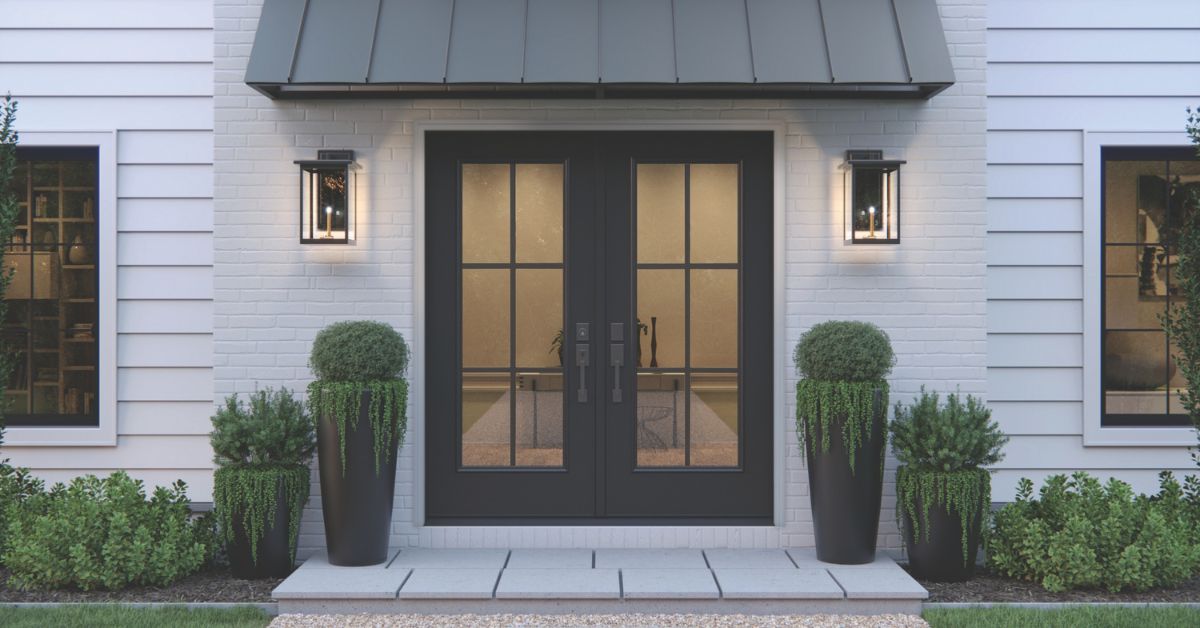Welcome back to our ongoing series on windows and doors! So far, we’ve explored everything from IGUs to window styles and installation. In this article, we’re shifting focus to doors—specifically, the materials they’re made from and how those materials affect performance, durability, and aesthetics.
Whether you're replacing an entry door or choosing materials for a new build, understanding the pros and cons of wood, steel, and fiberglass doors will help you make a confident, informed decision.
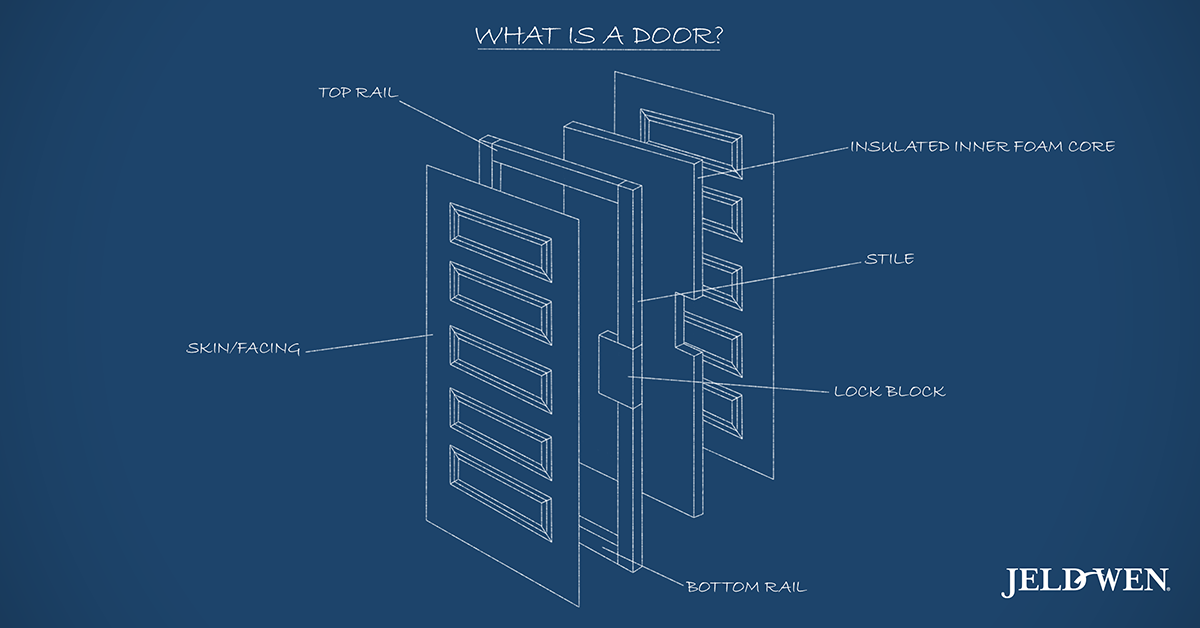
What Is a Door (in Construction Terms)?
In residential construction, a door is more than just a barrier between spaces—it’s a key component of your home’s envelope. Exterior doors provide security, insulation, and curb appeal, while interior doors help define and separate living areas. The material a door is made from plays a major role in how well it performs in all these areas.
Common Door Materials
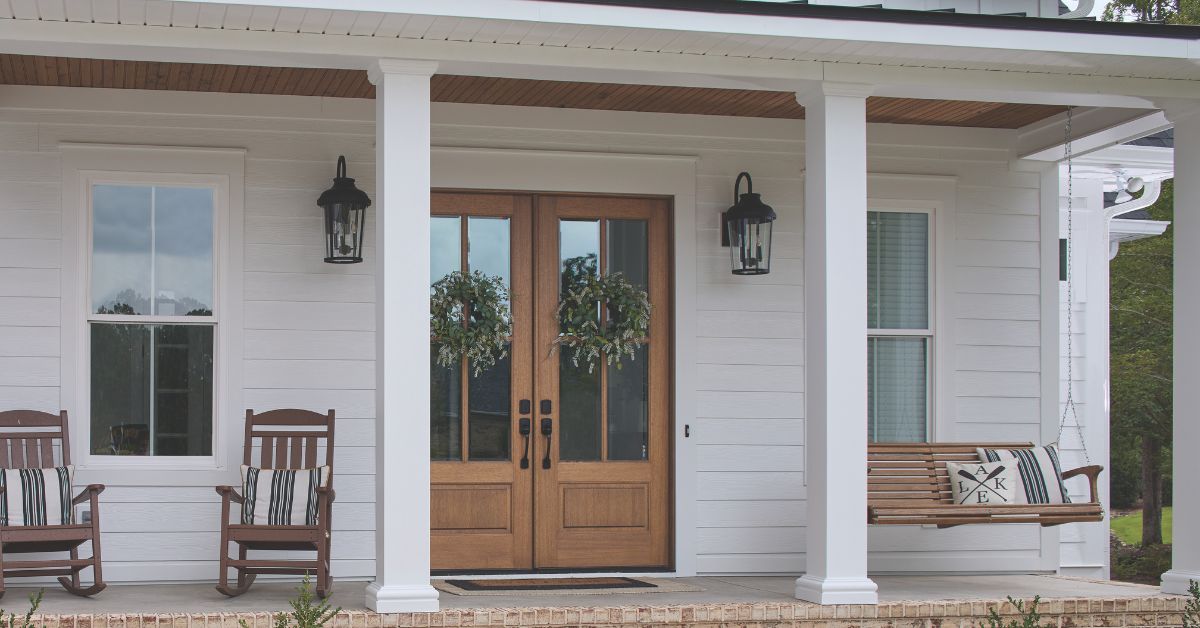 1. Wood Doors
1. Wood Doors
Wood doors are classic and timeless, often made from hardwoods like oak, mahogany, or maple, or engineered wood cores with wood veneers.
Pros
- Warm, natural appearance
- Can be customized or refinished
- Excellent insulation (especially solid wood)
Cons
- Prone to warping or swelling in humid climates
- Requires regular maintenance (painting or sealing)
- Typically more expensive
Special Notes
Best suited for covered entryways or interior use where exposure to the elements is limited.
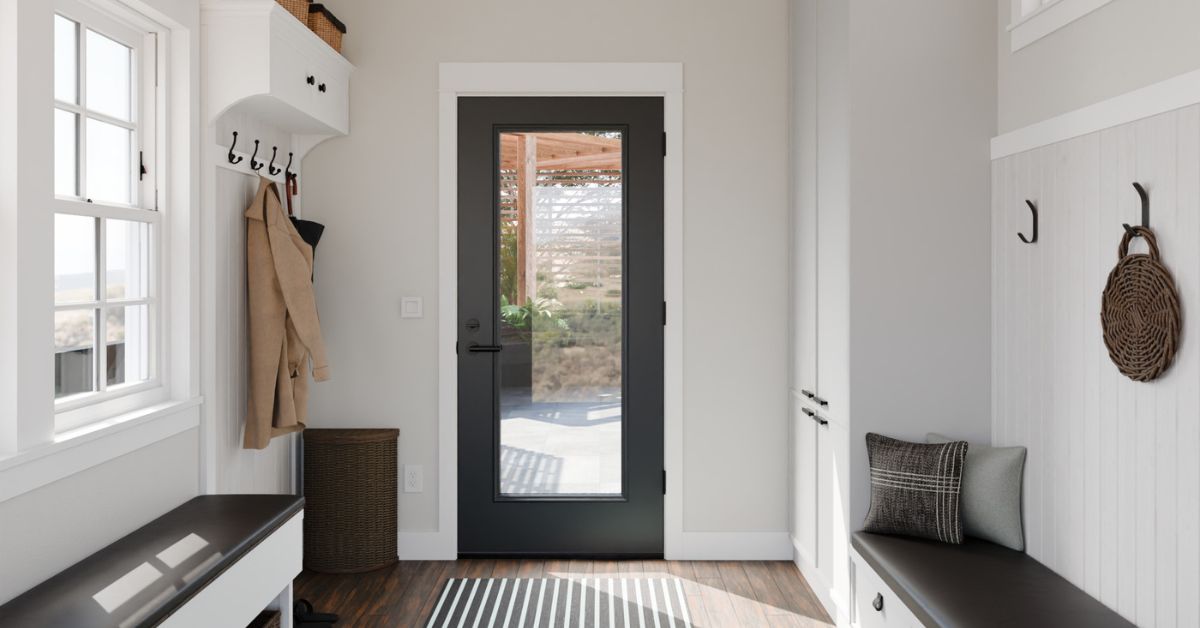 2. Steel Doors
2. Steel Doors
Steel doors are typically made with a steel outer shell and a foam or wood core for insulation.
Pros
- Highly secure and impact-resistant
- Low maintenance
- Cost-effective
Cons
- More susceptible to dents and scratches.
- May rust if the finish is damaged
- Less design flexibility than wood or fiberglass
Special Notes
Ideal for homeowners prioritizing security and durability, especially in colder climates.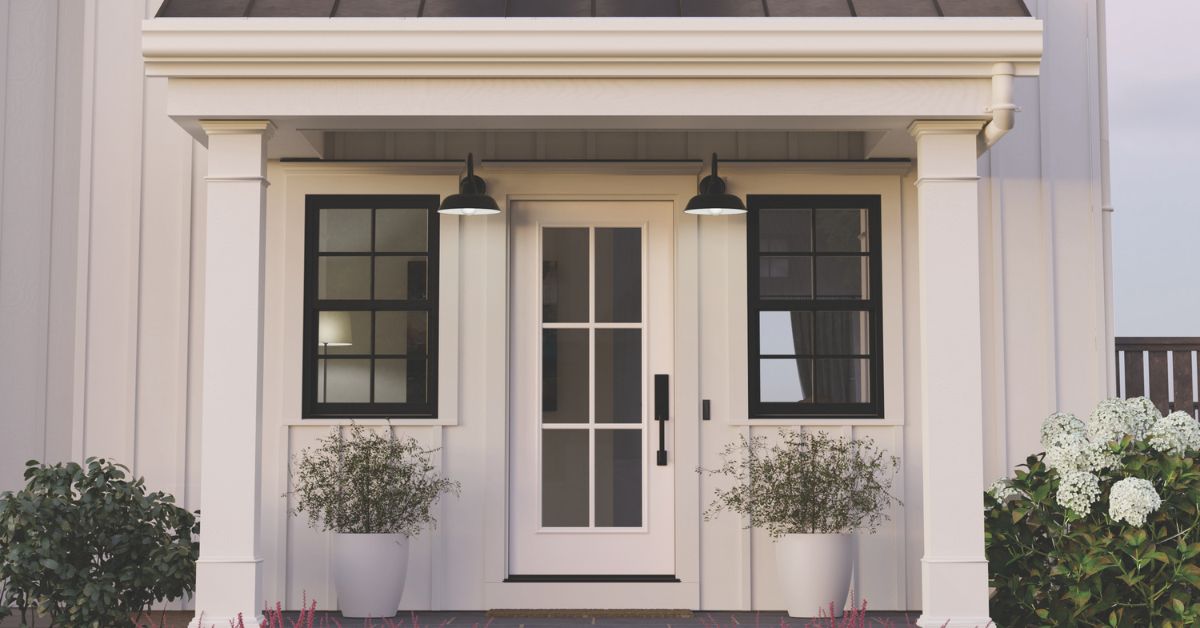 3. Fiberglass Doors
3. Fiberglass Doors
Fiberglass doors are made from a composite material that mimics the look of wood but offers superior durability. Learn more about fiberglass doors in JELD-WEN’s buying guide.
Pros
- Resistant to warping, cracking, and denting
- Excellent insulation properties
- Low maintenance
Cons
- Can be more expensive than steel
Special Notes
A great all-around choice for Canadian climates due to their energy efficiency and weather resistance.
Impact on Functionality and Ease of Use
Energy Efficiency
Fiberglass and insulated steel doors typically outperform wood in thermal resistance, helping reduce heating and cooling costs.
Security
Steel doors offer the highest level of security due to their strength and resistance to forced entry.
Maintenance
Wood requires the most upkeep, while fiberglass and steel are more hands-off.
Aesthetics
Wood offers unmatched natural beauty, but fiberglass can closely replicate it with less maintenance.
Durability
Fiberglass resists dents, scratches, and weathering better than both wood and steel.
For a deeper dive into how wood, steel, and fiberglass compare in real-world performance and style, check out JELD-WEN’s guide on door materials and durability.
Building Code Considerations
In Canada, exterior doors must meet specific energy efficiency standards under the National Building Code (NBC) and ENERGY STAR® guidelines. Look for doors with proper weatherstripping, insulated cores, and certified ratings for your climate zone. For entry doors, ensure they meet security and fire resistance requirements where applicable.
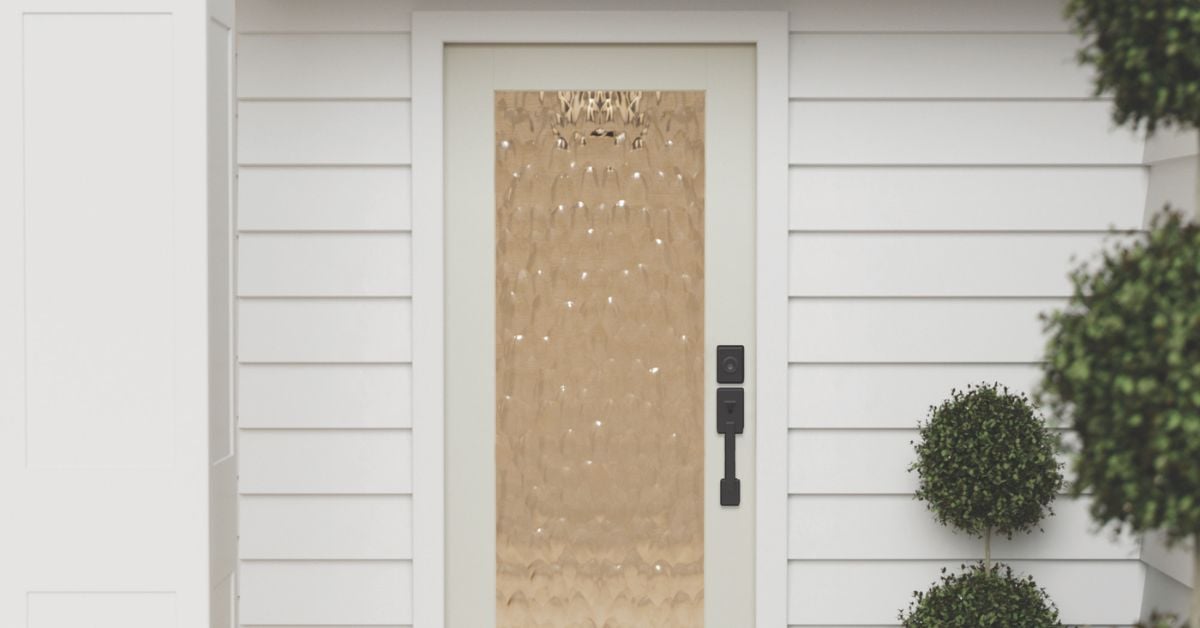
Choosing the Right Door for Your Home
Climate Considerations
- Cold climates: Fiberglass or insulated steel doors help retain heat.
- Humid or coastal areas: Avoid wood unless well-protected; fiberglass is ideal.
Energy Goals
- Look for high R-value doors with insulated cores and tight seals.
- ENERGY STAR® certified models are a smart investment.
Safety Needs
- Steel doors offer top-tier security.
- Consider multi-point locking systems for added protection.
Aesthetic Preferences
- Prefer a traditional look? Wood or wood-look fiberglass is your best bet.
- Modern or industrial style? Steel doors with clean lines fit the bill.
Choosing the right door material is about balancing beauty, performance, and practicality. Whether you love the warmth of wood, the strength of steel, or the versatility of fiberglass, there’s a perfect fit for every home and budget.
Whether you're looking for traditional woodgrain finishes or sleek modern designs, explore JELD-WEN’s full range of exterior doors to find the perfect match for your home.
Stay tuned for the next article in our series, where we’ll explore door insulation and energy efficiency.
Explore Related Posts



